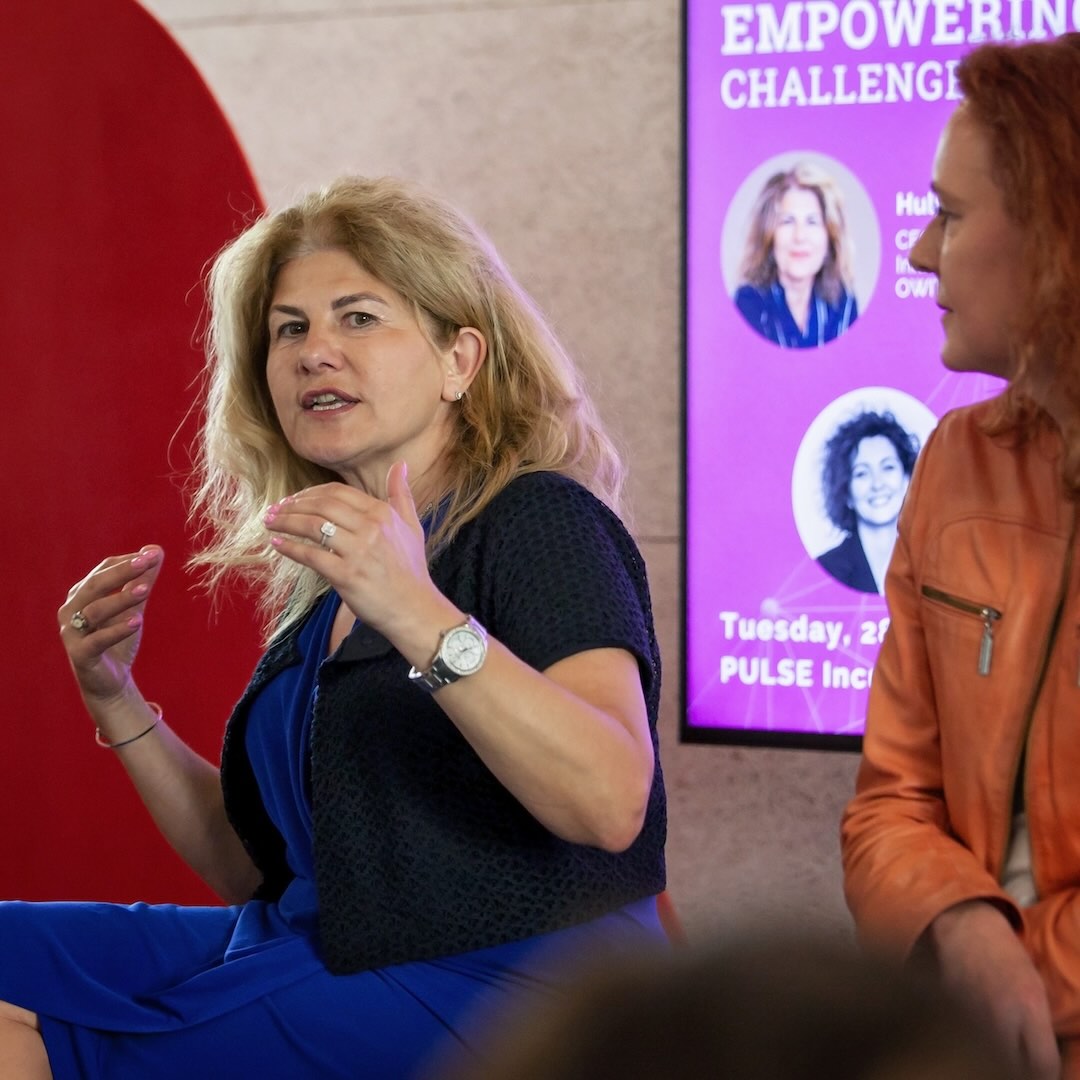The never-ending dream, goal, and passion is growth for any organization, no matter the size or industry. But growth is more than scaling up, expanding into different markets, or hiring more resources.
It’s about strategic growth and increasing capacity, which might involve structure, processes, workflow, and company culture. This is the right moment where organizational capacity building kicks in.
Think of it like a house without the proper foundation. How are you going to build the upper flows? Organizational Capacity is the cornerstone for sustainable growth. It has four main and important pillars: People, Culture, Processes, and Strategy.

The Four Essentials for Helping Your Organization Grow
Let’s dive into each one of them one by one:
1. People – talents that are empowered and equipped
An organization can only grow if the employees feel engaged and included. A workplace that invests in their personal development allows them to innovate, suggest new ideas, and upskill them on the latest trends.
So are you asking yourself, as a business owner or CEO, the following questions:
- Do our employees have the skills and support they need?
- Are we supporting leadership on all levels?
- Do we invest in growth pathways according to the needs of the individual?
Organizations ready for growth invest in capacity building of their employees on all levels, using mentoring, coaching, and training opportunities to equip them with the skills they need to flourish themselves and then at their workplace. As we know, if companies take care of their employees, employees will take care of the company.
2. Processes – Systems that are efficient and do not slow down your business
If organizations grow too fast, they face chaos, confusion, and burnout. It is not easy to grow. Therefore, scalable processes and systems are vital for a healthy growth culture. They are people-centred and agile while providing an efficient framework that makes sense for the employee and the company.
Capacity building overarches the workflow, decision-making pathways, and accountability that fosters innovation.
So, some questions to ask are:
- Are your current processes enabling or delaying outcomes?
- Where does it go wrong?
- How easy is it to onboard a new team member? How long does it take?
It’s about creating flow and not disturbance. The easier and simpler the process, the more likely employees are to adopt it quickly.
One hack here: audit your processes regularly. Check to see if they work seamlessly or have started to delay the output. If so, what can be improved to enhance the flow for the customer and the employees as they operate and work day in and day out?
Capacity building is about creating efficiency, creativity, agility, and flexibility.
3. Culture – the most critical component of growth
The company culture is often seen as the heartbeat of an organization.
Why do you think that is so?
You can have the best processes or products, but the organization will start bleeding if the internal culture does not feel right.
What are the key ingredients for the right company culture?
- Psychological safety – an environment where it feels safe to speak up, no matter how sensitive the matter might be
- Accountability – where every employee feels they have accountability and decision-making power.
- Collaboration – cross-functional teamwork is crucial. Not in silos but together, mix and mingling over a challenge with all departments together
- Learning – try fast, fail fast, and learn fast is my motto. Proactivity must be celebrated and not punished, whatever the outcome. Employee behaviour and initiation are key to a better team climate and company culture.
Every human needs to work and be aware of fostering a positive company culture. This is not a one-off workshop, and then everything is forgotten. It is a constant effort. Change cannot happen overnight; it needs awareness and repetition. Capacity building is an enabler in creating a company culture that employees are proud of.
4. Strategy – Vision with clarity
Growth needs to be intentional. That’s why strategy is important, though it is not only about KPI’s and goals.
Here are the questions to ask yourself:
- What kind of growth do you want? Revenue – impact – outreach?
- What markets or demographics do we serve next?
- What do we need to say NO to, if we want to expand in a particular domain?
- How will we measure success? In the context of learning, people development, benefits, and retention rate?
Organizations that grow healthy align their values, passions, and missions accordingly. This feels whole and right for any employee, new hire or experienced, and it is felt from top to bottom and vice versa.
Here is a tip I like to give: Never assume. Involve all your employees, as the frontline knows more about your blind spots than you might. Sit down and observe, conduct interviews, and ask powerful questions. You will gain priceless insights. Just try.

SO, let’s bring this all together:
Moment of truth. One pillar alone will not be able to sustain your growth. There must be a balance among all pillars to be successful. Capacity building is a holistic approach for development.
You can have a daring approach, but it will fail if the appropriate culture does not support it. You may have outstanding individuals, but they will burn out without the proper support mechanisms. You may have smooth procedures, but momentum will vanish if your vision is unclear.
That is why capacity building is an integrated activity, a mindset, and an ongoing process.
So, whether your firm is planning its next phase—expansion, innovation, or transformation—start by evaluating these four pillars.
Ask yourself and your team
Where are we strong?
Where are we stuck?
And what little changes can we make this quarter to increase actual, long-term capacity?
Final Thought
Growth is not something you do to an organization. It is something you create with it. Start with people. Enhance your processes. Nurture your culture. Align your strategies. Watch your organization not only grow, but thrive, with capacity building. When done right, it creates actual impact.

Growth is the constant goal of any organization, but it’s more than just scaling, expanding, or hiring. Ultimately, it’s about evolving with purpose.
Looking forward to comments, or if you have questions, reach out.
